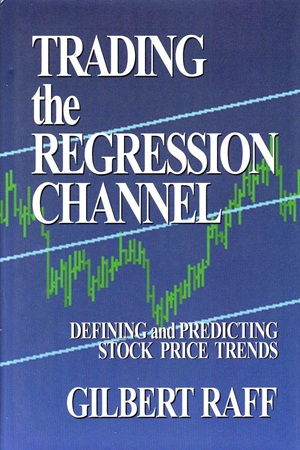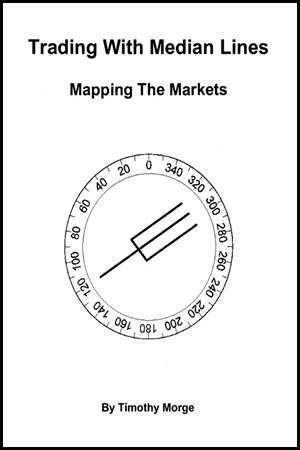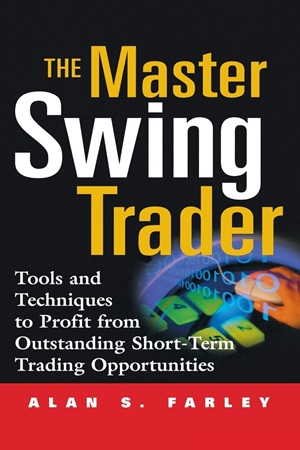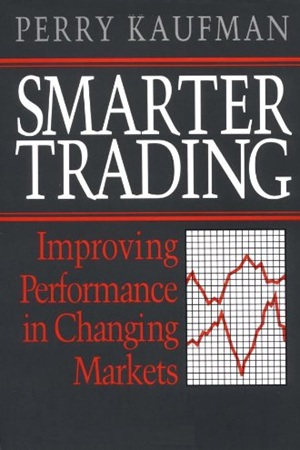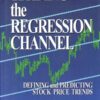Trading the Regression Channel: Defining and Predicting Stock Price Trends
28.04 $
- Author: Gilbert Raff
- Skill Level: Intermediate to Advanced
- Format: PDF
- Pages: 147
- Delivery: Instant Download
Trading the Regression Channel by Gilbert Raff introduces traders to one of the most reliable yet underutilized tools for defining and predicting stock price trends. By blending the statistical foundation of regression analysis with practical trading strategies, Raff delivers a system that helps traders clearly identify market direction, anticipate breakouts, and improve timing on both entries and exits.
The book begins with a detailed explanation of regression channels, how they are constructed, and why they offer unique advantages over traditional trendlines. Raff demonstrates how regression channels capture both the slope of a trend and its statistical boundaries, providing traders with objective reference points for price action.
Beyond the basics, Raff covers critical applications such as channel validation, revisions, expansions, and channel breaks—explaining how these shifts signal potential reversals or trend continuations. A major highlight is the concept of channel intersection, which Raff applies to historical case studies like the Dow Jones Industrial Average, showing how overlapping channels can predict major turning points.
The book also integrates regression channels with other popular technical tools, including Bollinger Bands, On-Balance Volume, Fibonacci intervals, MACD, and Relative Strength Indicators, to enhance accuracy and confirm signals. Raff goes further by exploring intermarket technical analysis and even framing the regression channel as a chaotic attractor, offering unique insights into market behavior.
Packed with illustrations, case studies, and step-by-step strategies, Trading the Regression Channel gives traders a practical framework for using regression-based methods to improve decision-making and profitability.
✅ What You’ll Learn:
- How to construct and interpret regression channels for any stock or market.
- Techniques to validate, revise, and expand channels for accuracy.
- How to spot and trade channel breaks as signals of major market moves.
- The significance of channel intersections and their predictive power.
- Application of regression channels to real-world case studies like the Dow Jones.
- How to combine regression channels with Bollinger Bands, OBV, Fibonacci, MACD, and RSI.
- Insights into intermarket analysis through regression-based methods.
- How regression channels can be viewed as chaotic attractors in market systems.
- Practical strategies for trend-following and reversal trading.
- A disciplined framework for predicting stock price trends.
💡 Key Benefits:
- Gain a powerful, objective tool for defining market trends.
- Improve timing with statistically grounded reference channels.
- Anticipate trend shifts and reversals before they occur.
- Enhance your trading edge by combining regression with other indicators.
- Suitable for both short-term traders and long-term investors.
- Provides a unique perspective on market dynamics rarely covered elsewhere.
👤 Who This Book Is For:
- Technical traders seeking advanced charting methods.
- Intermediate to advanced analysts looking to refine trend analysis.
- Traders interested in combining statistics with practical strategies.
- Investors who want to anticipate major market shifts with greater confidence.
- Anyone looking for a unique, regression-based approach to trading.
📚 Table of Contents:
- Chapter One: Defining the Regression Channel
- Chapter Two: Validating the Regression Channel
- Chapter Three: Channel Breaks, Revisions, and Expansions
- Chapter Four: Regression Channel Intersection
- Chapter Five: A Case Study in Channel Intersection: The Dow Jones Industrial Average
- Chapter Six: Combined Analysis: Using Bollinger Bands of On-Balance Volume
- Chapter Seven: Combined Analysis: Fibonacci Intervals
- Chapter Eight: Combined Analysis: The MACD-Relative Strength Indicator
- Chapter Nine: Intermarket Technical Analysis Using the Regression Channel
- Chapter Ten: The Regression Channel as a Chaotic Attractor
| Author(s) | Gilbert L. Raff |
|---|---|
| Format | |
| Pages | 147 |
| Published Date | 1996 |
